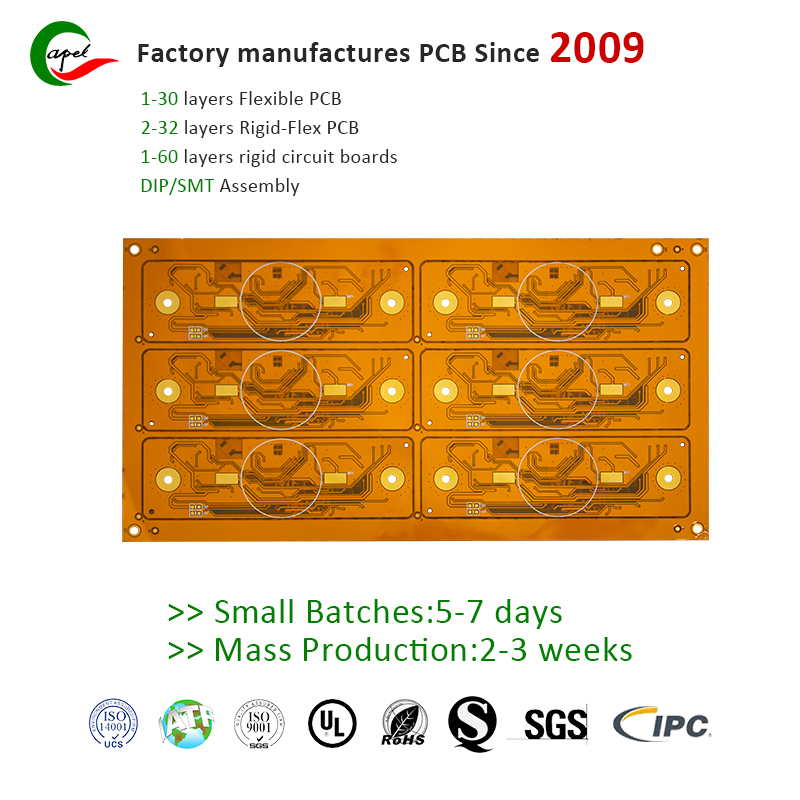In this blog post, we will delve into the world of flexible PCBs and explore the different techniques used to ensure optimal impedance control.
introduce:
Impedance control is a critical aspect of designing and manufacturing flexible printed circuit boards (Flex PCBs). As these boards become increasingly popular across numerous industries, it becomes imperative to understand the various impedance control methods available.
What is a flexible PCB?
Flexible PCB, also known as flexible printed circuit or flexible electronic device, refers to an electronic circuit that is thin, light and highly flexible. Unlike rigid PCBs, which are manufactured using rigid materials such as fiberglass, flexible PCBs are manufactured using flexible materials such as polyimide. This flexibility allows them to bend, twist and contour to fit any shape or form.
Why is impedance control important in flexible PCBs?
Impedance control is critical in flexible PCBs as it ensures signal integrity, minimizes signal loss, and improves overall performance. As the demand for high-frequency applications such as smartphones, tablets, wearables, and automotive electronics continues to increase, maintaining impedance control becomes even more important.
Impedance control method of flexible PCB:
1. Circuit geometry:
Circuit geometry plays a vital role in impedance control. Impedance can be fine-tuned by adjusting trace width, spacing and copper weight. Proper calculations and simulations help achieve the desired impedance value.
2. Controlled dielectric materials:
The choice of dielectric material significantly affects impedance control. High-speed flexible PCBs often use low-dielectric-constant materials to reduce signal propagation speeds to achieve controlled impedance.
3. Microstrip and stripline configurations:
Microstrip and stripline configurations are widely used for impedance control of flexible PCBs. Microstrip refers to a configuration in which conductive traces are placed on the top surface of a dielectric material, while stripline involves sandwiching conductive traces between two dielectric layers. Both configurations provide predictable impedance characteristics.
4. Embedded capacitor:
Embedded capacitors are also used to provide high capacitance values while controlling impedance. Using embedded capacitive materials such as films helps maintain impedance uniformity throughout the flexible PCB.
5. Differential pairing:
Differential signaling is commonly used in high-speed communications and requires precise impedance control. By accurately pairing differential traces and maintaining consistent spacing, impedance can be tightly controlled, reducing signal reflections and crosstalk.
6. Test method:
Impedance control requires rigorous testing and verification to ensure compliance with design specifications. Technologies such as TDR (Time Domain Reflectometry) and impedance testers are used to measure and verify impedance values at different frequencies.
in conclusion:
Impedance control is an important aspect of designing flexible PCBs to meet the needs of modern electronic applications. Engineers can achieve optimal impedance control by utilizing appropriate circuit geometry, controlled dielectric materials, specific configurations such as microstrip and stripline, and techniques such as embedded capacitance and differential pairing. Thorough testing and validation play a critical role in ensuring impedance accuracy and performance. By understanding these impedance control methods, designers and manufacturers can provide reliable and high-performance flexible PCBs for a variety of industries.
Post time: Sep-22-2023
Back







